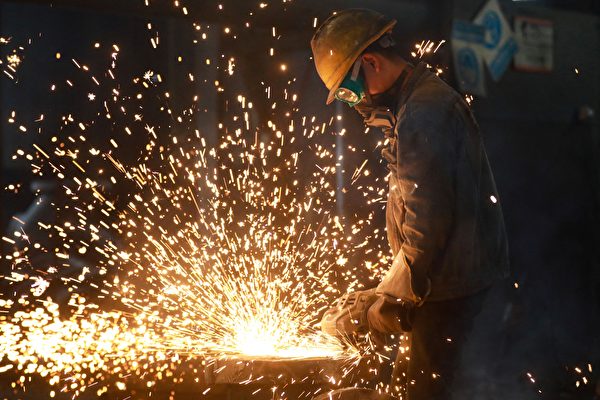After the Indian government imposed a temporary tariff on cheap imports from China to protect local producers, small-scale steel producers in India announced on Tuesday (April 22) that their planned layoffs and production cuts were put on hold.
On Monday (April 21), India, the world’s second-largest crude steel producer, imposed a 12% temporary tariff on certain steel imports from China for a period of 200 days. The tariff mainly targets China.
According to Reuters, India’s Steel Minister Sandeep Poundrik stated at a press conference on Tuesday that the government expects to receive final investigation results in August or September, after which they will decide on the tariff rates and duration.
Adarsh Garg, Chairman and Managing Director of the Jogindra Group in the northern state of Punjab, said, “We have suspended the decision to lay off employees.” He explained, “The industry has been in a loss-making state, and this tariff may provide relief and possibly lead to price increases.”
Vedant Goel, director of Enlight Metals in Pune, western India, mentioned that order volumes have increased since Tuesday morning. He added that the rising demand will help them retain external labor force they planned to cut due to the impact of cheap imports.
The Indian tariffs primarily target China, which is India’s second-largest steel exporter according to data from 2024-2025, trailing only behind South Korea.
Poundrik stated, “The government is taking various measures to ensure the domestic steel industry is not harmed by low-price dumping.”
Traders and analysts suggest that Chinese steel shipments may slow down.
Xiangchun Xu, consulting director at the Beijing-based advisory firm “My Steel Net,” said, “In 2025, China’s steel exports to India may return to the level three years ago, around 1 million tons, one-third of last year’s exports to India.”
Temporary government data shows that India became a net importer of finished steel for the second consecutive year in 2024-2025, with imports reaching 9.5 million metric tonnes, the highest in nine years.
Atilla Widnell, Managing Director of Navigate Commodities, mentioned that restricting the import pipeline to India “will put increasing pressure on Chinese officials to accelerate domestic steel capacity reform to balance oversupply with worsening domestic and international demand.”
Industry executives indicate plans to increase production in India to meet the growing demand.
“Since January 2024, India has added 14 million tonnes of steel capacity, which, once operational, can fill the gap left by restricted imports,” said Shankhadeep Mukherjee, Chief Steel Analyst at the London-based CRU Group.
“We also predict that India will once again become a net steel exporter in 2025, reclaiming its position from 2022.”

